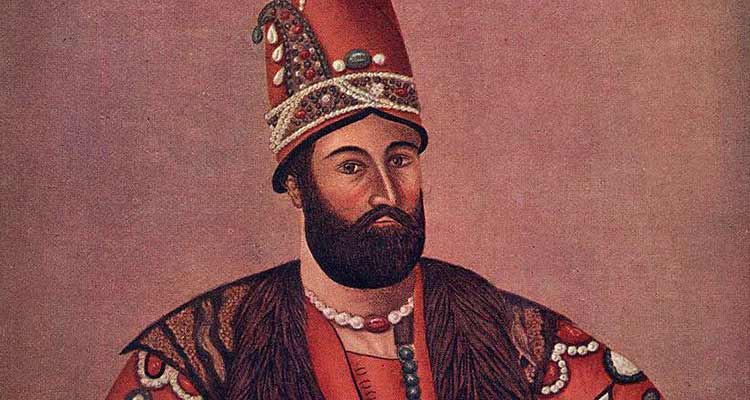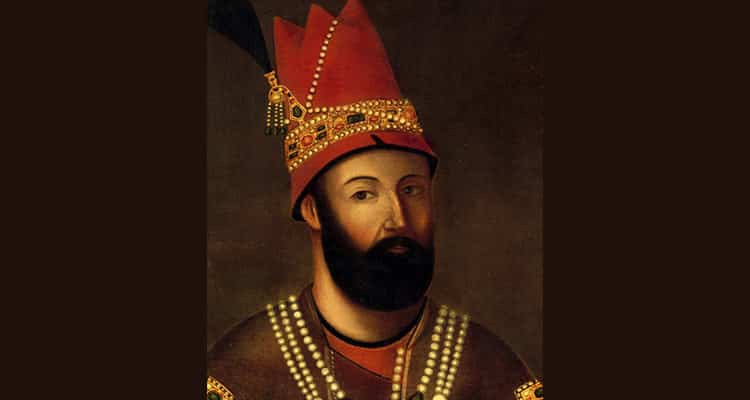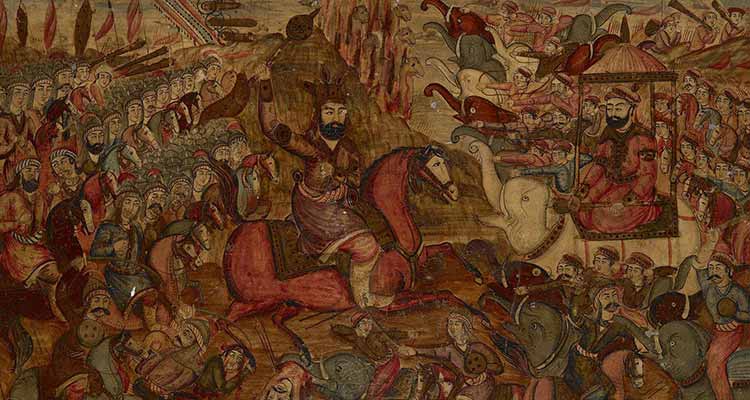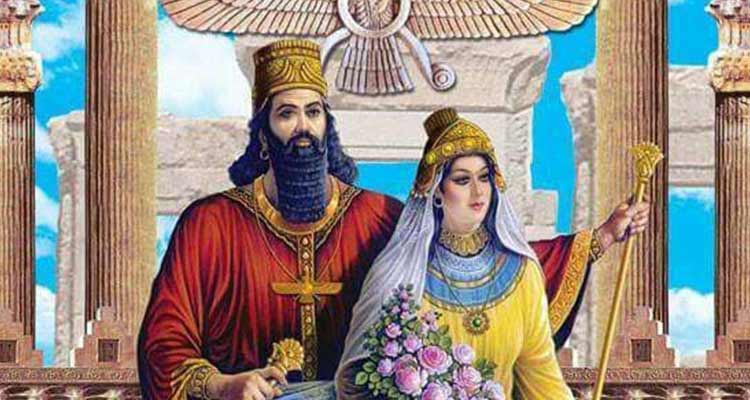Women in 17th Century Persia
This book was translated by a British surgeon, orientalist and painter James Atkinson (1780-1852) and published in London. He explains in it that most people in England think of the harem as little more than a prison. In the 17th century Persia, the traditional view of the role of a woman was to be confined to the home where they would manage a household and raise children. However, this text is evidence that women wielded more power outside their home than expected.
Three women in Nader Shah’s life
While there were many women in Nader Shah’s life, there were perhaps three who influenced him the most. They were his mother, his first wife and the girl he married in India, in that order. The first woman in his life was his mother. She had a huge role to play in his rise to the throne from a nobody. She guided him when he became the most powerful Iranian ruler overthrowing the Safavid Dynasty that ruled Persia for 200 years. Since Nader Shah grew up in a remote and wild north-eastern frontier region of Persia, many of the societal rules of his times would not apply to a family steeped in abject poverty. His father, Emam Qoli, was a lowly herdsman of the Afshars, a semi-nomadic Turcoman tribe settled in Khorasan. It is well known that his father indulged him a great deal. Maybe, these childhood memories were instrumental in Nader proving to be a loving father to his own sons. But this situation did not continue long for his father died when he was around ten years old. This led to a period of great struggle for his family.
Nader Shah’s mother took on all the hardships
His mother would collect firewood that Nader and his brothers sold in the market. They had only a donkey which they had to feed even if it meant going without food themselves. This period of strife in his life brought him very close to his mother who also recognized in her son capabilities and rightly so, the family’s liberty from these hardships.
His mother was his adviser
Later, when he wrested the throne of Persia from the Safavids, it was on her advice that he permitted the Safavid family to live on as captives in his empire. Later, Nader got his son married to a Safavid granddaughter. All because his mother wanted to mollify the Safavid supporters, so they do not disturb her son’s reign. She ensured in every way that Nader Shah became the most powerful ruler of Iran. Related Reading: Greek Mythology and Rape: How Tereus Silenced Philomela
His wife helped him to rise to power
The next woman who played a significant role in Nader’s life is Firuzeh Begum. She was the daughter of Baba Ali Beg Kuse Ahmadhu, the governor of Abivard, whom he married when he was in the governor’s service. He was just a young lieutenant then and Firuzeh helped him rise above the rest to become the governor’s blue-eyed commander. He became a general in the forces of the Safavid Shah and raised troops who defeated the Afghans, pushed back the Ottoman Turks and Russians to Persia’s borders. She advised him to squeeze out of these dominant groups an agreement to the fact that after his death, the throne would remain with his family, thus ensuring the reign of his dynasty.
Nader Shah’s wife was very shrewd
In return, she wanted to be proclaimed the Shahbanu, giving her complete authority over the zenana and the only one to influence the Shah. She had aspired to wear the crown of the Empress of Hindustan. When that did not happen due to Nader’s pragmatic views, she guided her husband on how he should clean out the treasury of Hindustan, transport it to Persia, ensure a successful trade network between Hindustan and Persia and receive regular tributes from the golden bird of the East.
His wife had a lesbian relationship
Nader’s neglect of her due to his preoccupation with the beautiful Rajput slave in Hindustan pushed Firuzeh into a lesbian relationship with her companion. However, these affairs were commonplace in the zenana in those days and Khwansari, also, alludes to same-sex relationships in his 17th-century treatise. Kathryn Babayan’s work on khwahar-khwandegi (sworn sisterhood) has demonstrated how these practices, which Khwansari discusses, are formed not only on bonds of platonic friendship but on amorous, sexual relationships, too.
Nader lost her support and went astray
Firuzeh’s focus remained on retaining her hold over Nader Shah’s state policies and decisions. She ran an extremely effective espionage system that helped her rid Nader’s huge empire of its enemies. Without her wise counsel, Nader went astray and let loose in his empire a tyranny that eventually claimed his life. Related Reading: Bheeshma’s Oath: Was It Only for Satyavati and Shantanu or Was It Something Else?
His Rajput wife stood by him
In Hindustan, Nader became infatuated with a Rajput slave whom he made his queen. Ruling a large empire was stressful as were the constant campaigns either to fulfill his own ambitions or put down revolts. Through it all, the person who brought serenity into his life was this Rajput wife, whom he called Peri, affectionately. The archives give out her name as Chuki. Nader loved her for her honesty, her loyalty and her all-consuming love for which she had never asked any return. She was infinitely grateful for the gift of his love. During the times of his sickness and mental trauma, she served him faithfully. In his last days, when his friends, sons, and Firuzeh abandoned him, it was this woman who stayed by his side. Though Nader lifted his mighty ax, he tripped on the edge of the carpet which spelled his doom. Nobody knows what happened after Nader’s death to these dynamic women who sculpted Persia’s history during Nader Shah’s reign. While his mother died of natural causes, there is no historical evidence about the fate of Firuzeh or Peri. Possibly they spent the rest of their lives in obscurity hiding from Nader’s enemies. However, there is no doubt that one of the world’s mightiest conquerors who rose from a shepherd’s son to the Shah of Persia was navigated by some powerful women in his life. It is certainly a misnomer to believe that women who are sequestered due to societal rules are helpless in any respect. Often, evidence has proved that they possessed more strength than the hand that held the sword or the sceptre. Sutapa Basu is the author of The Curse of Nader Shah published by Readomania.




